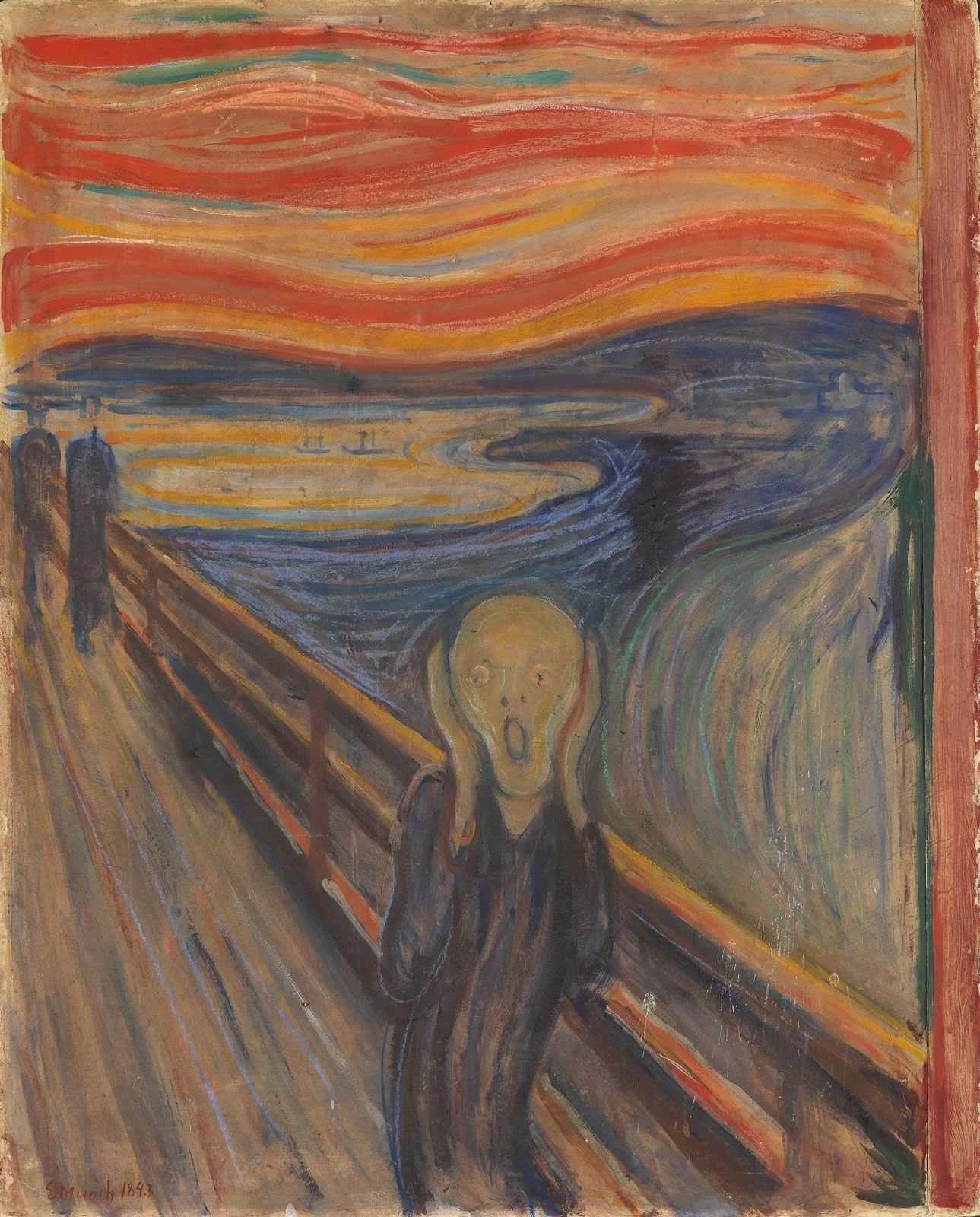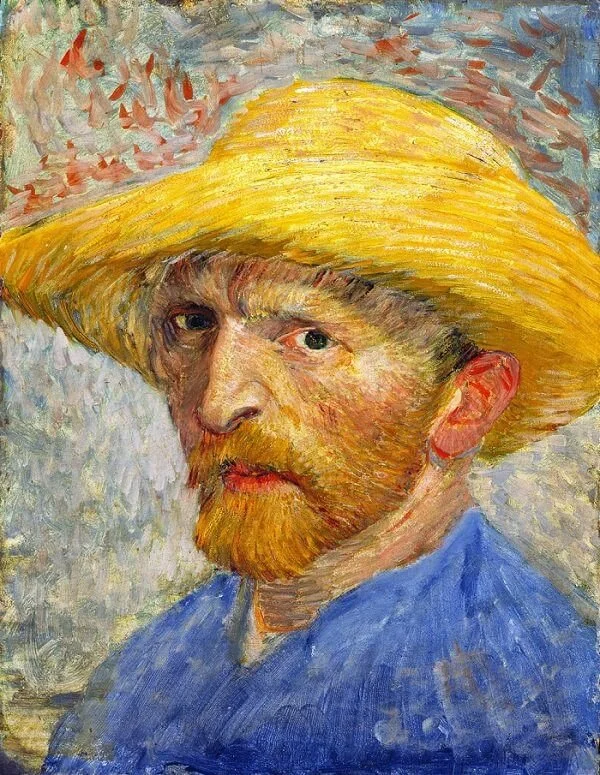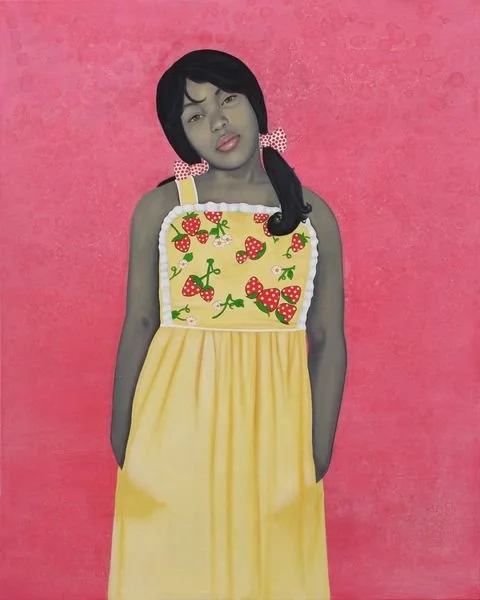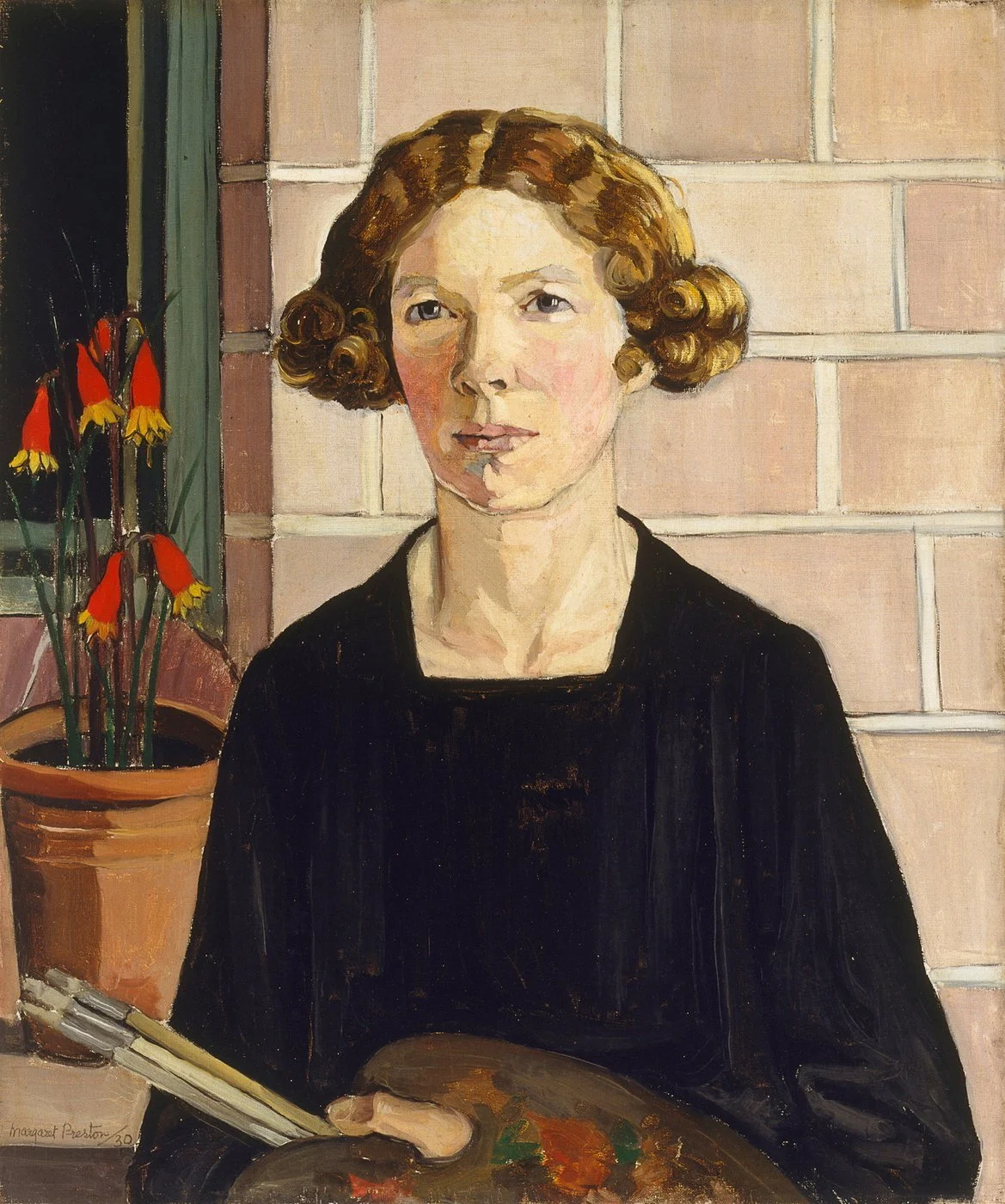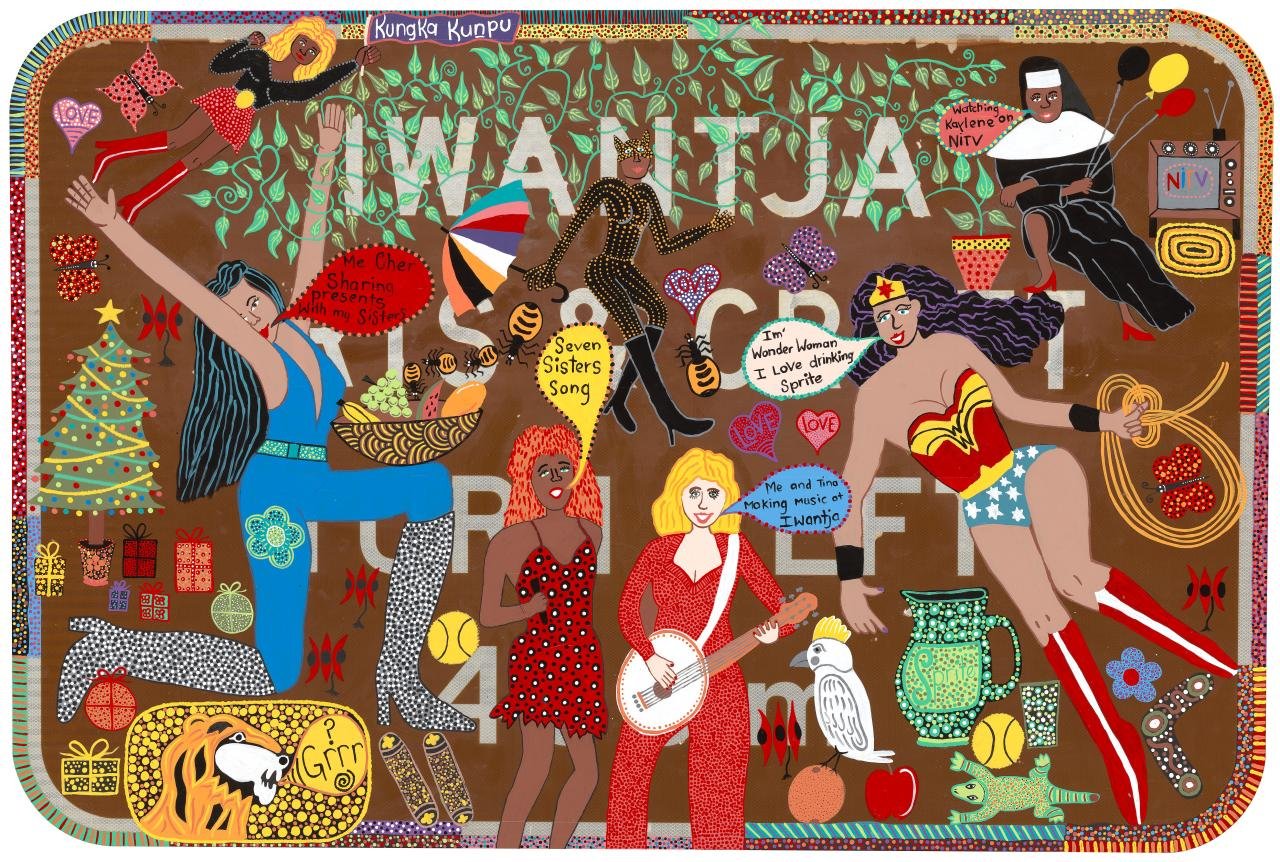
(Whiskey, 2021)
Unit Rationale
The Visual Arts ‘Expressionism Portraiture’ unit plan is developed and aimed to meet the learning requirements of year 9 students, developed in parallel with the year-level content guidelines provided within the Australian curriculum. In this unit, students will be exploring the significant art form of portraiture, its history, and its contextual role throughout time in portraying and communicating aspects of an individual’s identity. Additionally, Students will investigate the themes, conventions, and purpose of the expressionism art movement to learn how techniques and processes can be used to create impressions of an individual’s emotions and character. Using the knowledge they have generated throughout the unit, students will develop their own portraiture artworks based on their learnings, engaging with important themes of representation.
Within their investigations, students will explore the work of a range of established portraiture and expressionist artists to understand how they have used art practices to communicate and represent the individual, community, and cultural identity of their subjects. Through engaging with portraiture conventions and expressionist art processes, students will be able to demonstrate their knowledge and apply elements of portrayal to inform the intentions and tone of their work. The unit’s learnings will provide students with a sound understanding of art production and responding skills, supporting their progression into further years of visual art studies.
(Munch, 1893)
The Visual Arts ‘Expressionism Portraiture’ unit plan is designed in conjunction with the learning parameters for year 9 visual arts students outlined within the Australian Curriculum. Further, the plan's development is aligned with specific content descriptors within the curriculum and aims to address several of the general capabilities and cross-curricula priorities (ACARA, 2010).
Aligning with the content descriptor (ACAVAM125), students will explore the portrayal elements of portraiture to develop portrait representations of their own identity and another’s, aligning their processes with the materials, techniques, and practices found in expressionism artworks. Students will investigate and analyse how artists have used visual conventions to convey themes of identity and will view the ‘WHO ARE YOU’ Portraiture Exhibition (NGV, 2023) to engage with the work of Indigenous artists.
Similarly, students will engage with content descriptor (ACAVAR131) to explore the work of Aboriginal and Torres Strait Islander artists and the beliefs, values, and lifeways embedded in their work and practice. Furthermore, students will investigate the work of contemporary and historically significant artists and explore the viewpoints impressed in their artmaking.
To meet content descriptor (ACAVAM126), students will learn how to convey meaning and personal representation through experimenting with painting techniques and processes, aiming to explore and build upon their artistic intentions through viewing and responding to themes of identity and artistic tone. To build upon this, students will engage with content descriptors (ACAVAM128) when developing their portraiture artworks, conveying themes of identity through exploring portrayal elements and applying expressionism techniques.
The unit plan was developed to ensure that the general capabilities and cross-curricula priorities are well represented, incorporating explorations of Aboriginal and Torres Strait Islander histories and cultures. The plan further includes valuable content that promotes the use of critical and creative thinking, and personal and social capabilities (ACARA, 2010).
(Van Gogh, 1887)
The ‘Expressionism Portraiture’ unit plan has been integrated with detailed considerations of adaptive strategies, aiming to provide “effective opportunities [for all students] to achieve the educational functionings necessary to participate in society as equals” (Terzi, 2014). To achieve this, differentiation strategies have been outlined within the plan that adjusts the content, process, and outcome requirements to suit students at different learning levels. Some of these impactful strategies include setting open tasks that support students to work at varied paces of progression, employing collaborative learning exercises to share and strengthen the understanding of others, adjusting the workload of making/responding tasks to align with individual learning levels, and implementing explicit instruction with changing levels of complexity so that students can meet outcomes in a way that meets their needs (Department of Education, 2019). The lesson content actively responds to and acknowledges the artworks of indigenous artists and cultures, ensuring that an inclusive environment is fostered, and diverse communities are represented.
The resources within the unit content have been selected carefully to inform the direction of student explorations and to encourage purposeful engagement through the unit’s focus areas. Within the plan, PowerPoint is used as a core tool to convey critical theory components and information surrounding making/responding tasks. Within these PowerPoint presentations, selected artworks and elements of portraiture/expressionism practice are highlighted to prompt meaningful discussions and visually support student understandings. This website that outlines the unit plan content will be a valuable tool to integrate web-based learning and support seamless engagement with lesson content and resources. Each lesson within the plan includes an outline of the selected modes of assessment and how they can be implemented to observe and facilitate the learning progression of students.
(Sherald, 2009)
The purpose of the visual arts unit plan was first developed through the framework of Tyler’s (1949, as cited in Churchill et al., 2021, p. 238) objective model. The model suggests a linear approach to planning, beginning with establishing the learning objectives and then selecting what experiences can be put in place to promote student success (Tyler, as cited in Churchill et al., 2021, p. 238). Once the learning objectives and unit direction were established, structural themes from the Department of Education’s (2019) e5 Instructional Model were used to inspire the scaffolding of each lesson, using the domains of “engage, explore, explain [and] elaborate” to implement an explicit approach and initiate a strong base of student understanding before progressing into production tasks.
The unit plan is developed with thorough outlines of the learning objectives, assessment strategies, and measurements for success that will guide each lesson and link learning opportunities to the unit’s overall goals and intentions. Through each lesson, the plan provides individual steps, prompting questions, and valuable resources that will support teachers in scaffolding the development of understandings. Furthermore, important differentiation strategies are provided within each lesson to ensure teachers are nurturing inclusive and equitable learning opportunities. The sequential structure of the plan not only supports students in gradually preparing their skills and knowledge for summative tasks but also supports teachers in noticing progression levels and making informed adjustments.
Within the unit plan, the time frames of each lesson segment are outlined as ‘actions’ and are clearly signposted with headings that summarise what the time should be used for and the content involved. Whether it be for introducing new content, outlining assessment requirements, or just to facilitate purposeful classroom discussions, each lesson is developed with an introductory time frame that enables teachers to observe the learning progress of their students and build positive relationships. Additionally, each lesson is structured to include at least 1 larger block of time that is designated for exploration, responding/making tasks, or progress towards their portraiture projects, providing opportunities for students to demonstrate autonomy and direct their learning.
(Preston, 1930)
Within the unit plan, there is a clear focus on facilitating collaborative approaches and environments. Through the implementation of collaborative pedagogies, each lesson has time designated for classroom discourse and multiple opportunities for joint-inquiry activities. Hmelo-Silver (2004, p.246) contends that collaborative environments are more likely to enhance “higher order thinking and [promote] shared knowledge construction”. Aligning with this approach, dialogic pedagogy is utilised to activate shared inquiry, encouraging students to put forth their perspectives and define their thinking (Churchill et al., 2021, p. 285). Through this process, open questioning prompts are framed to stimulate intrinsic engagement, guiding students towards generating inquiries that are formed from their own interests in focused-art practices.
Furthermore, place-based pedagogy is incorporated in parts of the plan to structure learning around the significance of place, what it means to different cultures and lifeways, and its role in representing important parts of an individual’s identity. The unit outline works to honour the significance of place by highlighting what place means to focus artists and their work, functioning as a bridge between reality and conceptual representations (Somerville, 2007). To service these approaches, explicit pedagogy is incorporated to scaffold and establish clear and manageable objectives for class tasks and activities, while technological pedagogies are integrated to reinforce digital skills and visually support learning and perception.
(Schiele, 1912)
References:
Australian Curriculum, Assessment and Reporting Authority (ACARA). (2010). Visual Arts F-10 Curriculum. https://www.australiancurriculum.edu.au/f-10-curriculum/the-arts/visual-arts/
Churchill, R., Godinho, S., Johnson, N. F., Keddie, A., Letts, W., Lowe, K., Mackay, J., McGill, M., Moss, J., Nagel, M. C., Shaw, K., Ferguson, P., Nicholson, P., and Vick, M. (2021). Teaching: Making a Difference (5th ed.). John Wiley & Sons. Incorporated, Melbourne, AUSTRALIA. http://ebookcentral.proquest.com/lib/deakin/detail.action?docID=6729416
Hmelo-Silver, C. E. (2004). Problem-Based Learning: What and How Do Students Learn? Educational Psychology Review, 16(3), 235-266. https://doi.org/10.1023/B:EDPR.0000034022.16470.f3
Somerville, M. (2007). Place literacies. Australian Journal of Language & Literacy, 30(2):149-164. https://ezproxy.deakin.edu.au/login?url=https://search-ebscohost-com.ezproxy-f.deakin.edu.au/login.aspx?direct=true&db=a9h&AN=25090069&site=eds-live&scope=site
State Government of Victoria, Australia. (2019). The e5 instructional model. Department of Education. https://www.education.vic.gov.au/school/teachers/teachingresources/practice/Pages/expired/e5about.aspx#link63
Terzi, L. (2014). Reframing inclusive education: educational equality as capability equality. Cambridge Journal of Education, 44(4):479-493. https://doi.org/10.1080/0305764X.2014.960911
https://education.vic.gov.au/school/teachers/classrooms/Pages/approacheshitsdifferentiation.aspx
Images:
Munch, E. (1893). The Scream. [Tempera and casein on cardboard]. Britannica. https://www.britannica.com/art/Expressionism
Preston, M. (1930). Self Portrait. [Oil on canvas]. Art Gallery of NSW. https://www.artgallery.nsw.gov.au/artboards/portraiture/identity-and-place/item/xpvh6h/
Schiele, E. (1912). Self-Portrait with Physalis. [Oil on canvas]. Wikipedia. https://en.wikipedia.org/wiki/Egon_Schiele
Sherald, A. (2009). They Call Me Redbone, But I'd Rather Be Strawberry Shortcake. [Oil on canvas]. Hauser and Wirth. https://www.hauserwirth.com/artists/11577-amy-sherald/
Van Gogh, V. (1887). Self Portrait with Straw Hat. [Oil on canvas]. Vincent Van Gogh Organisation. https://www.vincentvangogh.org/self-portrait-with-straw-hat.jsp#:~:text=The%20artist%20painted%20twenty%2Dtwo,suffering%20physical%20and%20emotional%20stress.
Whiskey, K. (2021). Seven Sisters Song. [Enamel paint on road sign]. National Gallery of Victoria. https://www.ngv.vic.gov.au/explore/collection/work/147970/


